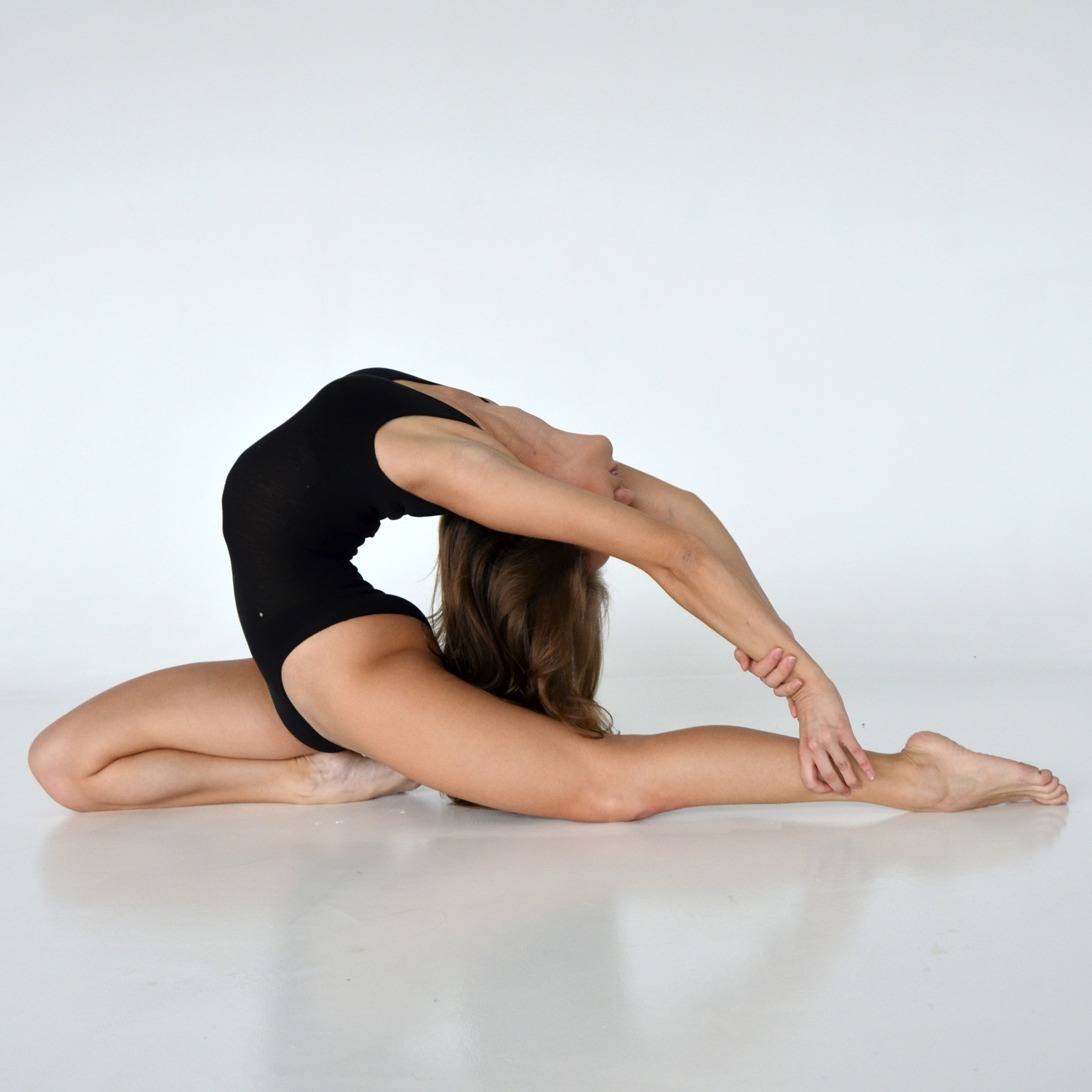To achieve sustainable results in hair removal, two main choices are offered: electroepilation and photoepilation. However, since each technique has its strengths and weaknesses, combined use is increasingly recommended and has grown in popularity. The comparative table below outlines the main differences and complementary elements.
Electroepilation |
Photoepilation IPL |
|
|---|---|---|
Definition |
Electroepilation is a precise technique that allows for the treatment of individual hair. A probe is inserted into the hair follicle and an ultra-fast electric current is emitted at the base. This current produces heat which allows for the destruction of the stem cells responsible for hair growth. | Photoepilation is a technique that focuses an intense light beam directly on the skin in order to treat several hairs simultaneously. This light is absorbed by the hair melanin (pigments) and is converted into heat, thereby allowing for the destruction of the stem cells responsible for hair growth. |
Efficiency |
Electroepilation is the only 100% permanent hair removal method. | Photoepilation results in a gradual, but permanent, reduction in hair regrowth; — up to 80% in the best of cases. |
Hair color
|
Electroepilation is effective in the permanent removal of hair, no matter what color — even blond, red, grey or white. | Photoepilation is an effective treatment option for dark hairs. Blond, white, grey or red hairs do not absorb sufficient light photons because they possess very little to no dark pigments. Consequently, it is impossible to completely eradiate them, no matter what pulsed light treatment is used. At best, hairs that possess a small amount of pigmentation (red or dark blond) will become weaker. |
Skin color
|
Electroepilation is an effective treatment for clients of all skin colors (light and dark). | Photoepilation ensures better results for clients with fair skin with dark hair. Since light photons are absorbed by pigmented skin, darker skin absorbs more energy and radiates more heat. Consequently, this leads to a much greater risk of skin burns. |
Application |
Electroepilation enhances the results of intense pulsed light treatments and is the final step in complete and permanent hair removal for larger regions. | Photoepilation is great to reduce quickly the pilosity of large areas such as the back. |
Body regions
|
Electroepilation may be applied on all body regions. However, it is the ideal treatment option for facial hair removal since it does not require any shaving. Also, this technique is safe for eye contours and eyebrow correction. | Photoepilation is ideal for all areas of the body. However, its use is very limited on the facial area because the large handpiece is inconvenient for the area and shaving is required prior to treatment. This technique is not suitable for the epilation of eyebrows. The eyes must be protected at all times from the intense light |
Client types
|
Electroepilation is a suitable treatment option for clients for whom intense pulsed light treatments are not recommended. | Photoepilation is a suitable treatment option for clients for whom electroepilation treatments are not recommended. |
Comfort |
The new generation of Apilus electroepilation devices offers unparalelled comfort. Since the current passes within milliseconds, the client only feels a very light tingling sensation during the treatment session. | Intense pulsed light devices offer different levels of comfort. The Apilux Premium 2G features a thermo-electric cooling system connected to the handpiece. This allows for its temperature to drop to as low as -3 degrees Celsius. Also, it emits 2 to 3 pulses per flash, with an interval between each. The skin has time to cool during the intervals, which results in a more comfortable treatment experience. |
In sum, although these two hair removal methods are very different, they complement each other perfectly in order to provide 100% effective depilatory care for all types of customers.

